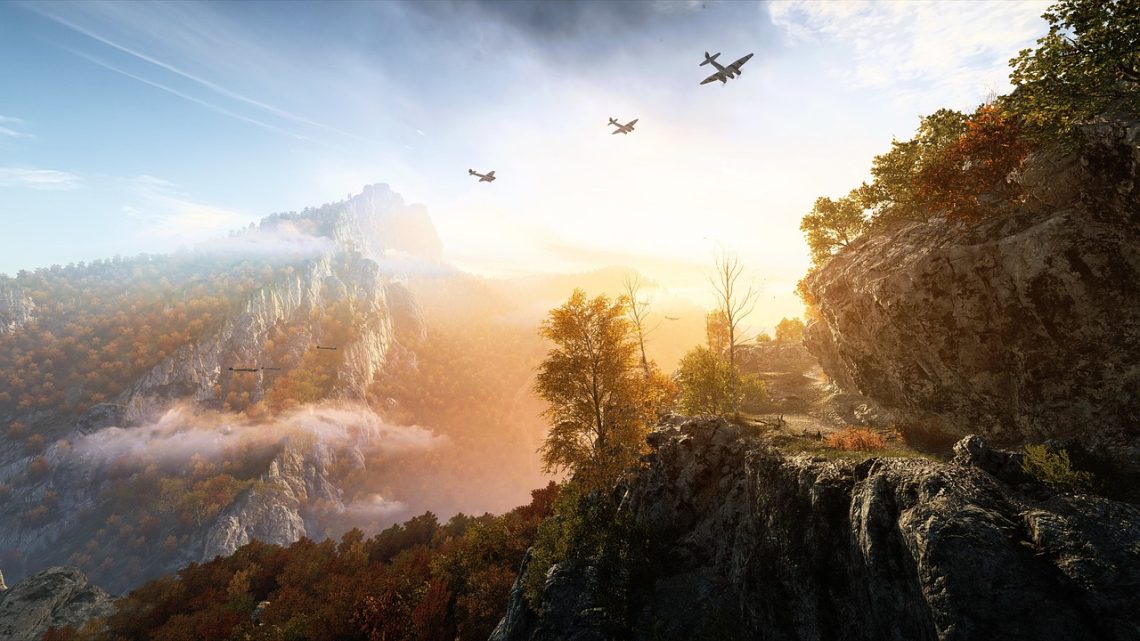Computer-Generated Imagery, or CGI, has become an integral part of modern filmmaking and media. From the sweeping landscapes of distant planets in science fiction films to the subtle digital enhancements in historical dramas, CGI allows creators to build worlds that were once impossible to capture on camera.
This article will explore the world of CGI animation. We will look at its history, the different techniques involved, the creation process, and what the future might hold for this transformative technology. Understanding CGI offers a deeper appreciation for the artistry and technical skill behind much of the visual content you enjoy today.
A Brief History of CGI
The journey of CGI began long before it became a staple in Hollywood. The origins can be traced back to the 1950s and 60s with early experiments in computer graphics. However, it was the 1970s and 80s that saw the first significant applications in film.
Movies like Westworld (1973) featured the first use of 2D digital imaging, while Star Wars (1977) pioneered motion control photography, laying the groundwork for integrating computer graphics with live-action footage. The 1982 film Tron was a landmark, using CGI for extensive sequences to create its digital world.
The 1990s marked a turning point. Terminator 2: Judgment Day (1991) stunned audiences with its liquid metal T-1000 character, and Jurassic Park (1993) brought dinosaurs to life with a level of realism never seen before. This decade was capped off by Toy Story (1995), the first feature-length film created entirely with CGI, proving that this technology could carry a story on its own.
Types of CGI Animation
CGI is not a single technique but a broad field encompassing several methods. The two primary categories are 2D and 3D CGI.
- 2D CGI: This involves creating digital images in a two-dimensional space. While it may seem less complex than 3D, 2D CGI is fundamental to digital art, traditional animation cleanup, and creating visual effects like digital matte paintings. It’s the digital equivalent of drawing on paper.
- 3D CGI: This is what most people think of when they hear “CGI.” It involves creating objects and characters in a three-dimensional digital environment. These models have volume and can be viewed from any angle, allowing for dynamic camera movements and realistic interactions with light and shadow.
Within 3D CGI, animators use various specialised techniques, including procedural generation for creating complex landscapes, and physics-based simulations for realistic effects like water, fire, and explosions.
The Process of Creating CGI Animation
Creating high-quality CGI is a meticulous and collaborative process, typically broken down into three main stages: pre-production, production, and post-production.
- Modelling: This is the first step in the 3D production pipeline. Artists create a 3D model of the object or character using specialised software. This is like sculpting a digital figure out of a block of virtual clay.
- Rigging and Animation: Once a model is built, it needs to be able to move. Rigging involves creating a digital skeleton for the model, complete with joints and controls. Animators then manipulate this rig, frame by frame, to create movement. This is a highly skilled process that brings characters to life, giving them weight, personality, and emotion.
- Texturing, Lighting, and Rendering: To make a 3D model look realistic, artists apply digital textures to its surface, defining its colour, pattern, and material properties (e.g., whether it’s shiny, rough, or metallic). Next, digital lights are placed within the scene to create shadows and highlights. Finally, the scene is rendered. This is an intensive computational process where the computer calculates the final image, combining all the models, textures, and lighting into a single frame.
Building Imaginary Worlds
CGI animation is a powerful tool that has fundamentally changed the landscape of visual media. It combines technical expertise with artistic vision, enabling storytellers to create anything they can imagine. From its early experimental days to its current sophisticated state, CGI continues to push the boundaries of visual storytelling. The next time you watch a film, take a moment to consider the incredible amount of work that goes into crafting its digital worlds.





